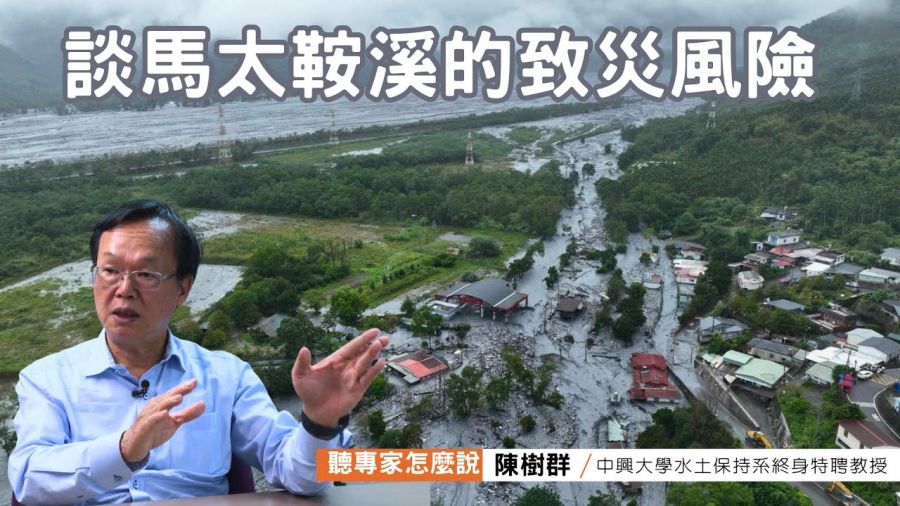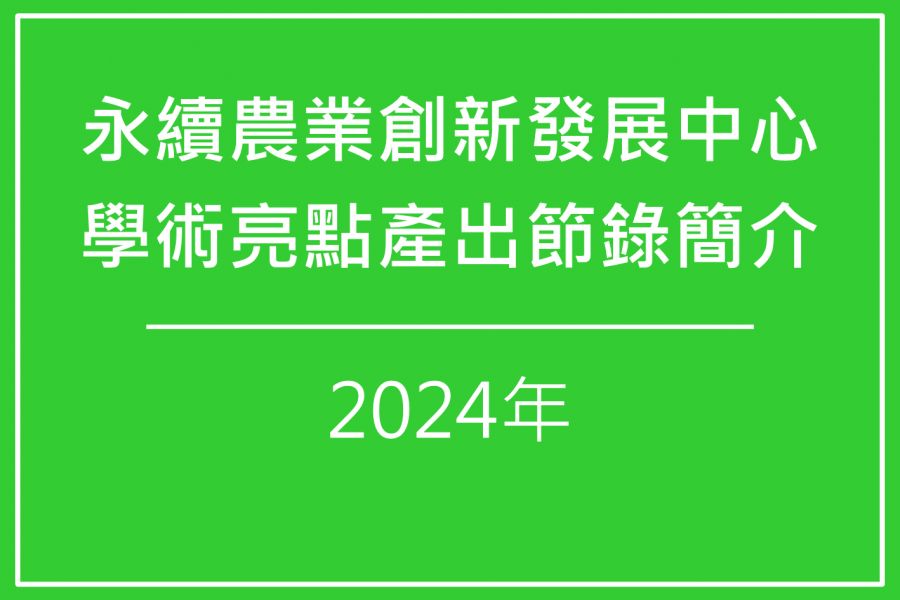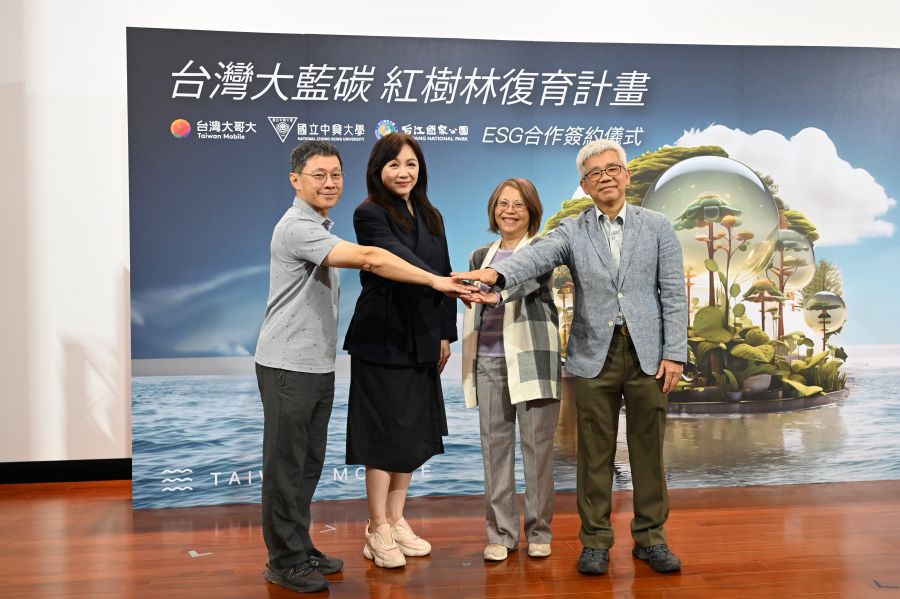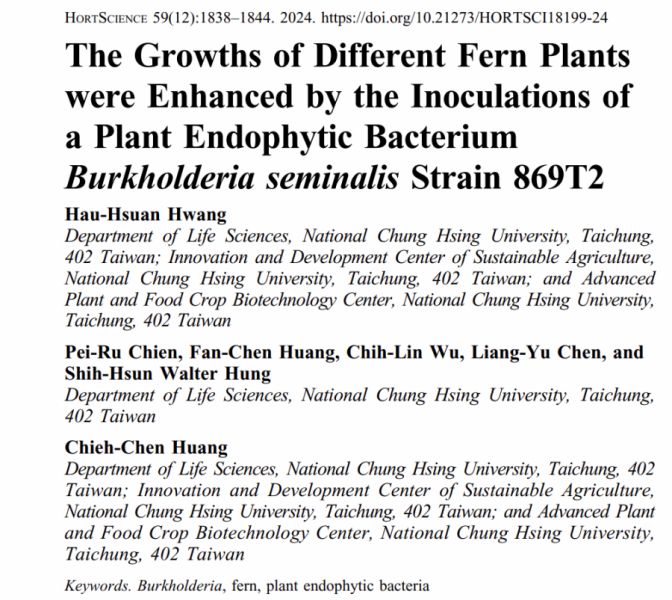新穎材料農業:友善環境農業新穎材料研發與安全評估【土壤環境科學系/劉雨庭副教授/優聘教師】
| 論文篇名 | 英文:Mechanisms for potential Pb immobilization by hydroxyapatite in a soil-rice system 中文:在土壤水稻系統中利用羥基磷灰石固定鉛之機制 |
| 期刊名稱 | Science of the Total Environment |
| 發表年份,卷數,起迄頁數 | 2021, 783, 147037 |
| 作者 | Li, Honghong; Liu, Yuting(劉雨庭); Tang, Shouyin; Yu, Zuchen; Cai, Xuezhi; Xu, Shupeng; Chen, Yanhui; Wang, Mingkuang; Wang, Guo* |
| DOI | 10.1016/j.scitotenv.2021.147037 |
| 中文摘要 | 本研究的目的為探討在土壤水稻系統中利用羥基磷灰石固定鉛之機制,以盆栽試驗將稻米種植於鉛汙染的土壤中,添加不同濃度的羥基磷灰石來進行。鉛在土壤及水稻根部的物種分布則利用鉛L3邊緣的X光進邊緣吸收光譜來分析。施用羥基磷灰石會提高土壤pH值,且會誘發磷酸根的溶出,最終導致不可溶的氯磷鉛礦在土壤中生成,因此酸可溶及DTPA可溶之鉛濃度顯著的隨著羥基磷灰石施用量的增加而降低。羥基磷灰石也降低鉛在水稻根部鐵膜中的累積,減緩鉛被吸收到水稻根部裡。水稻根部中的磷酸根濃度隨著羥基磷灰石的施用量增加而增加,但卻與水稻莖與葉中的鉛濃度呈現負相關。施用32 g kg−1的羥基磷灰石誘發了Pb5PO4Cl沉澱在水稻根部中,限制鉛從根部轉移到莖。此外,羥基磷灰石也可能誘發鉛在水稻結點中的重新分布,降低鉛轉移到莖與葉的因子。當羥基磷灰石施用量超過4 g kg−1時,糙米中的鉛濃度可降到低於0.2 mg kg-1。 |
| 英文摘要 | This study aimed to investigate the mechanism of lead (Pb) immobilization by hydroxyapatite (HAP) in a soil-rice system, a pot experiment was conducted using Pb-contaminated soil amended with various rates of HAP and planted with rice (Oryza sativa L.). The Pb species in the soil and rice roots were determined using Pb L3-edge X-ray absorption near edge structure (XANES). Application of HAP increased soil pH and induced the dissolution of phosphate, subsequently promoting the formation of chloropyromorphite, an insoluble Pb species, in the soil. Therefore, the acid soluble and DTPA-extractable Pb concentrations decreased significantly with increasing levels of applied HAP. HAP reduced the retention of Pb in the iron plaque on the root surface at maturity, thereby alleviating Pb uptake by rice roots. The amount of phosphate in roots were increased with increasing rate of application of HAP, but was negatively correlated with Pb in rice stems and leaves. Application of 32 g kg−1 of HAP triggered the precipitation of Pb5PO4Cl in roots, limiting Pb translocation from roots to shoots. In addition, HAP may induce the redistribution of Pb in rice nodes, lowering the transfer factor of Pb from the stem (or leaf) to rice grains. When the rate of application of HAP exceeds 4 g kg−1, the Pb concentration in brown rice could be reduced to less than the Chinese National Standard of 0.2 mg kg−1. |
| 發表成果與本中心研究主題相關性 | 可藉由環境中常見的羥基磷灰石降低鉛累積在稻米中的濃度,確保糧食安全。 |







